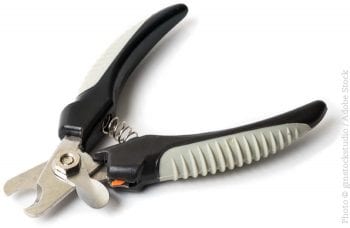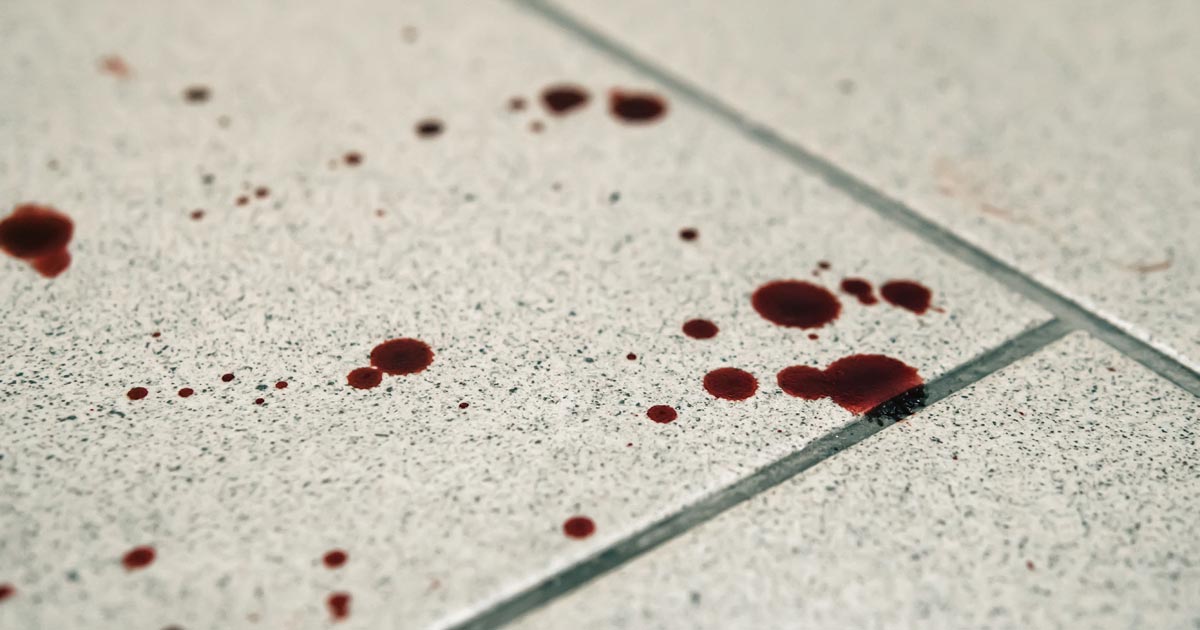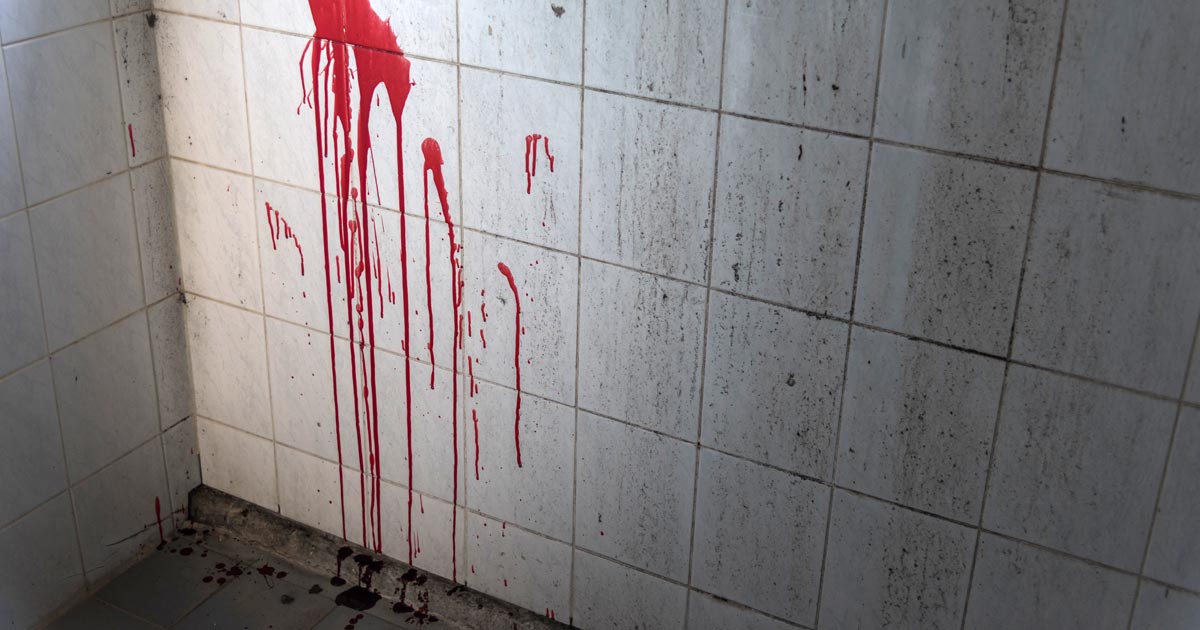“Clip nails”
It seems innocuous. It looks so simple and routine on the consulting list – no worrying about history taking, no complicated diagnoses or treatment plans – just clip the nails. A quickie that may even give you a chance to snatch a few minutes back so you can stay on time: this is how I felt about nail clipping when I first started work.
Oh, poor naive young man…
In reality
Experience very quickly taught me a different lesson. Give me a dozen dermatology consults and a bounty of anal glands over attempting to clip the already short nails of a bouncy dog.
The “already short” part is, of course, a lot of the problem. Nails, like the minutiae of faecal consistency, is something that clients spend far more time thinking about than is healthy for themselves, their pet, or their vet.
I suppose when you come home from a tiring day at work and your canine compadre launches itself toes first into your groin, it probably occurs to you the experience might be less challenging if there were fewer sharp points to deal with; and when you’ve just had your nice new laminate floor installed, it might seem your dog clicks quite a lot as it’s walking around – for whatever reason, a high proportion of dog nail clip appointments are for patients that don’t really need it.
Rookie mistake
 Early in my career, I often found it hard to say no to clients, especially when they were convinced their dog needed its nails clipping and they’d taken time out of their day to try and sort the problem out.
Early in my career, I often found it hard to say no to clients, especially when they were convinced their dog needed its nails clipping and they’d taken time out of their day to try and sort the problem out.
Besides, how many lectures and practicals do you get at vet school about nail clipping? In my case, I spent less time learning about it than I did about the pH of a pigeon’s rectum (6.3, as I recall, although the intervening years may have mutated the figure).
Trying to clip the nails of a dog that doesn’t need it is similar to one of my jokes: absolutely no one enjoys the experience, and it often ends in bloodshed.
It’s hugely disheartening to see that first speck of blood when you have done your absolute best to try and shave the absolute minimum off the end of a black nail, and it’s quite astonishing how quickly the blood streaks around the consulting room floor, walls, clothes, legs, children, reception and car park – especially with a patient that really doesn’t want you approaching it again with a silver nitrate pencil.
Scenes of horror
I can’t imagine how it feels to be sitting in the waiting room and watch a bright, happy dog run into the consult room, only to charge out a few minutes later, wide-eyed with fear and leaving a Grand Guignol-worthy trail of blood in its wake. Usually followed by a stressed and similarly messy vet carrying a broken blue pencil-like object and attempting to insist that “a little blood goes a long way, it’s really not as much as it looks”.

Ahh, silver nitrate pencils to stop the bleeding – my old nemeses. No matter how sure you are there’s a fresh one ready in your drawer in case the worst happens, inevitably the only one you can find when you need it in a hurry is an old, stained specimen that’s long past its usefulness and has about as much stopping power as a Nerf gun.
On the rare occasion you’ve prepared adequately and have a fresh pencil to hand, the nib immediately snaps off and falls to the floor, leaving you picking it up and hopefully pressing it into the offending nail with your fingers.
It’s only then the pencil reveals its magical nature, staining everything that touched the nib for the next month (but only after a delay of 10 minutes or so – just long enough to think you’ve got away with it until your fingers start to blacken, and you pray that somewhere in the melee you didn’t accidentally manage to press the thing on to your face).
Just not necessary
If it’s stressful for the vet and for the owner, I can only imagine how terrifying it is for the poor dogs; no wonder some of them need sedating for it. Frightening the life out of their patients is not high on the list of most people’s motivations for entering the veterinary field, not to mention the pain.
As I grew older and (debatably) wiser, I realised that, rather than go through this all again, it’s better just to explain to the owner that, no matter how much they think they need it, those nails really don’t need clipping.
Just say no
Of course, some dogs really do need shorter nails, but my rough estimate would be that at least a third of dogs (maybe more) presented to you for a clip need nothing more than the ends taking off their dew claws (and I’m talking specifically about dogs here – clipping a cats nails is generally both more necessary and more pleasant, although anyone reading this who has just experienced a feline patient running a wall of death around their consulting room may disagree on this point). Learning to say so to your client is one of the many nuances of the consulting room that are seldom mentioned at university.
So, give me a ton of ticks, a fistful of fleas or a mountain of maggots – I’ll take them, happily and with relish, over a “routine” canine nail clip.

Leave a Reply